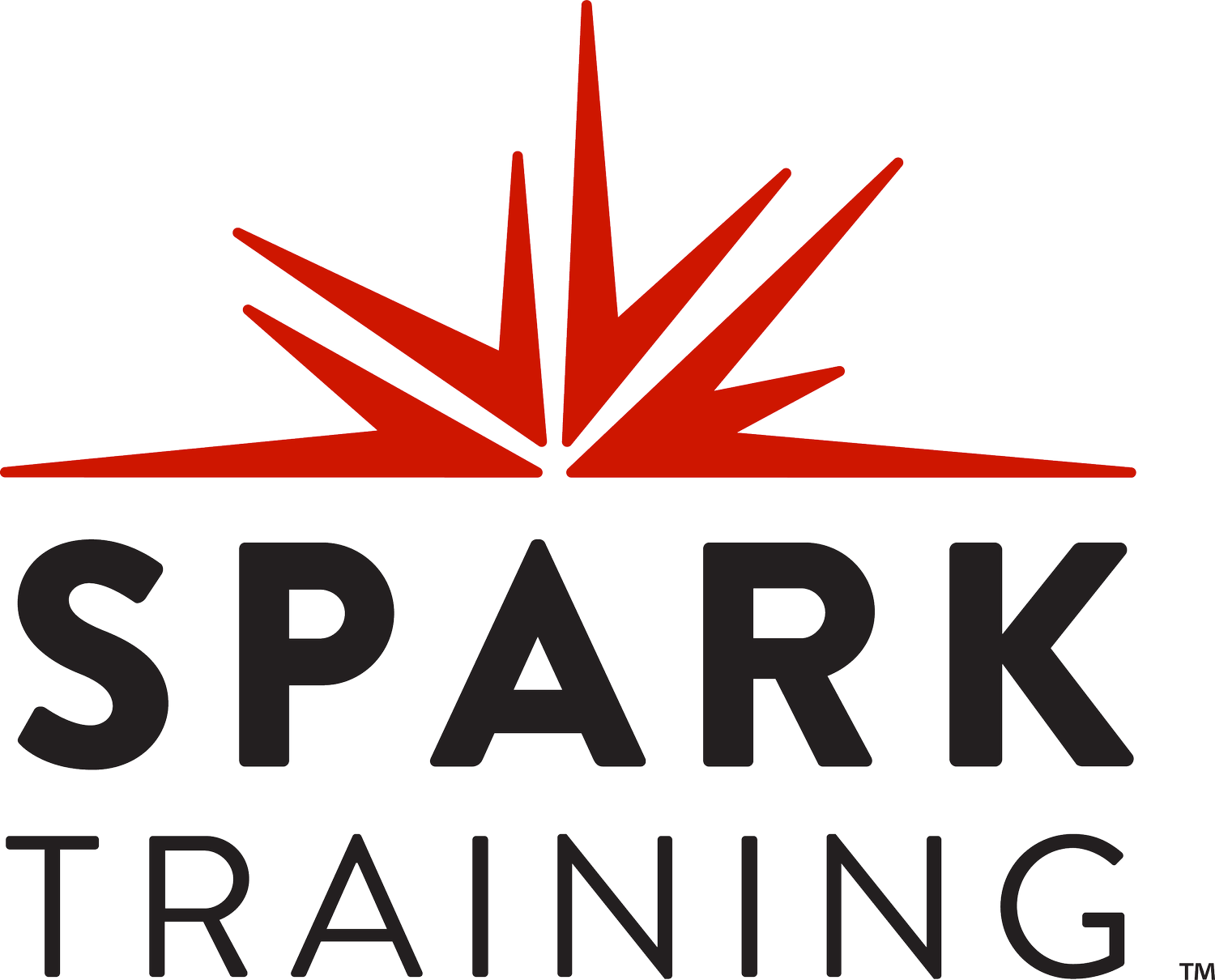Overdose Prevention Starts Day One
Drug and alcohol overdose continues to be a leading cause of death in jails. Combating overdose starts at intake and continues throughout incarceration. Conducting searches during intake and checks at med pass are just a few of the strategies a jail can take to combat overdose. Overdose training should be part of onboarding training for new staff on day one. After onboarding, staff should continue to receive regular training and have multiple doses of Narcan readily available.
Conduct body searches on intake
Contraband may come into jails through 'mules' who ingest or place baggies with substances into their bodies for trafficking. Detainees may also ingest bags of substances during or before their arrest without the intent to distribute them. Ingested baggies can tear open inside the body and lead to overdose. Detainees may place substances into their mouths or body cavities to retrieve after intake. Staff should perform mouth checks using gloves and a flashlight at booking. Ask detainees to remove bridges, partials, or dentures during checks.
Body scanners and strip searches can help detect substances hidden on or inside a detainee. Body scanners allow staff to see substances that have been swallowed or inserted into the body. A jail that does not have body scanners should use strip searches to determine if a detainee is attempting to smuggle contraband. A strip search may not reveal swallowed substances. Continue to monitor detainees after intake searches for complications from ingested contraband and for mules retrieving stashed substances. Conduct body searches on intake.
Check mail and mouths
Contraband may also be sent to the jail through mail, using methods like hidden packages or soaked paper. Mail scanners can help jails detect potential contraband. If your jail does not have a mail scanner, ensure that staff are gloved up and partnered up before attempting to screen mail. If a staff member is exposed to a substance during mail screening, their partner can give support and call for backup.
Mouth checks shouldn’t only happen at booking. Detainees may also attempt to divert prescription medication during med pass. Security staff should perform hand and mouth checks during med pass to detect potential diversion. Use a flashlight when checking for palming and cheeking. Consider if a “crush-and-float” strategy is appropriate for the safety and security of detainees and staff on a case-by-case basis. Check mail and mouths.
Watch for signs of OD
Regularly train your staff to identify and respond to signs of overdose. Make OD training part of your onboarding training for new staff, including where to find Narcan in your facility. Common signs of overdose are:
Sudden and drastic shift in mood or behavior.
Will not wake up or respond to voice/touch.
Slow, irregular, or stopped breathing.
“Pinpoint pupils” (center of the eye is very small).
Blue or grey skin color.
This list is not all-inclusive. Ensure staff can recognize detox and withdrawal symptoms that may lead to overdose. A detoxing detainee has a lowered drug tolerance and may take the same amount of a substance that they would’ve taken pre-detox. This can lead to overdose. Drills can prepare staff to respond to real-life ODs. Watch for signs of OD.
Stock at least 10 doses of Narcan
Not having naloxone in a facility does NOT release a jail from liability, it only limits available resources. Act fast and administer naloxone at the first sign of overdose. Even if the victim has not overdosed, it will not harm them. Detainees may require more than one dose of naloxone, and more than one detainee may OD at a time. Have at least 10 doses of naloxone readily available and ensure staff are well-trained in its use. Staff should be able to:
Recognize signs of overdose.
Use the correct technique to administer Narcan.
Perform related procedures, such as CPR.
Stock at least 10 doses of Narcan.
Click HERE for a mouth check job aid.
For more information, please contact training@sparktraining.us
Disclaimer
All materials have been prepared for general information purposes only. The information presented should be treated as guidelines, not rules. The information presented is not intended to establish a standard of medical care and is not a substitute for common sense. The information presented is not legal advice, is not to be acted on as such, may not be current, and is subject to change without notice. Each situation should be addressed on a case-by-case basis.
When in doubt, send them out! ®




















